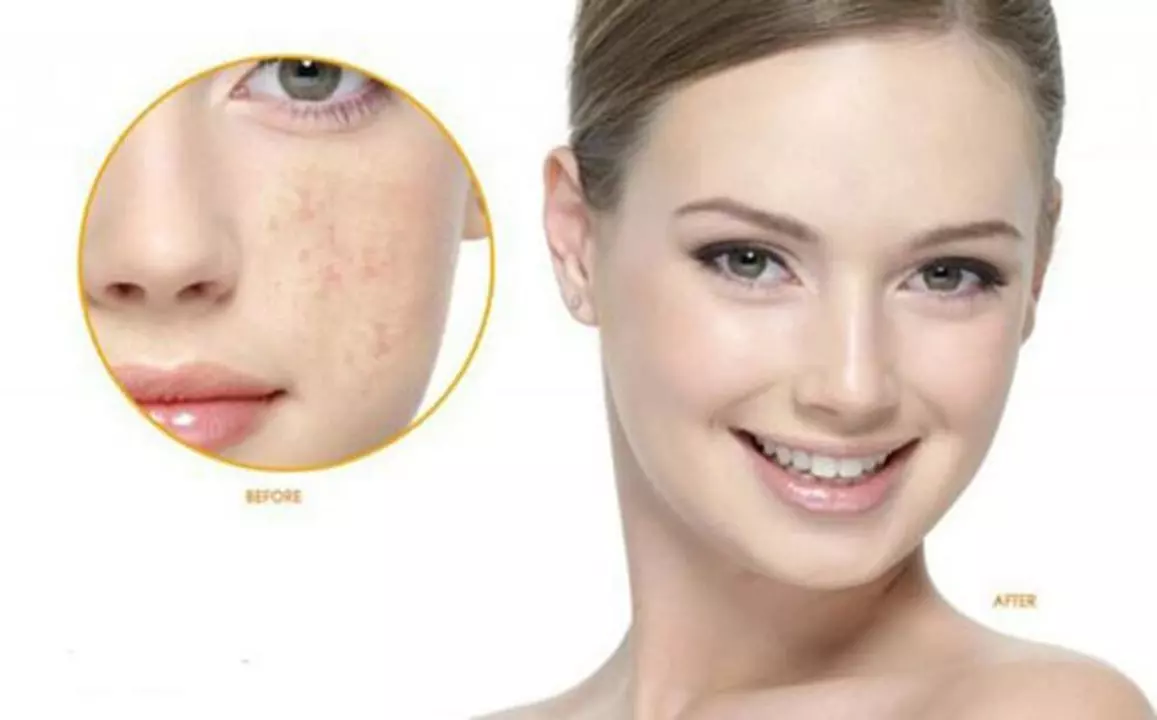Melasma: practical steps to reduce dark patches
Seeing brown or gray-brown patches on your cheeks, forehead, or upper lip? That’s often melasma. It’s common, stubborn, and tied to hormones and light. You can’t always erase it overnight, but the right routine and realistic expectations make a big difference.
What causes melasma and who gets it?
Melasma happens when skin makes extra pigment in certain areas. Common triggers are sun exposure, pregnancy hormones, birth control pills, and some meds. Heat and visible light (not just UV) can also reactivate it, so outdoor sun and indoor heat sources both matter. People with darker skin tones get it more often, but anyone can have it.
Treatment options that actually help
Start with sun protection. Use a broad-spectrum sunscreen SPF 50+ every morning and reapply every two hours when you’re outside. Physical blockers (zinc oxide or titanium dioxide) plus a tint with iron oxides block visible light and make a real difference. Wear a wide-brim hat and sunglasses for extra protection.
Topical medicines are next. Over-the-counter choices like azelaic acid, niacinamide, and vitamin C can help fade color slowly. For stronger results, dermatologists prescribe hydroquinone, tretinoin, or topical tranexamic acid. These work better when combined with sunscreen and used consistently. Expect results in weeks to months, not days.
Professional procedures speed things up but come with risks. Chemical peels, microneedling, and certain lasers can lighten patches, yet they may also inflame skin and make melasma worse if done wrong. Always get these from an experienced dermatologist who knows how melasma behaves on your skin tone.
Pregnant people should avoid strong prescriptions—talk to your provider first. If hormones or a new medication triggered melasma, your doctor may suggest switching treatments or waiting until after pregnancy to start aggressive therapy.
Daily care tips that help maintain gains: use gentle cleansers, skip harsh scrubs and strong exfoliants, and add calming ingredients like colloidal oatmeal or ceramides if your skin gets irritated. Introduce active brighteners slowly and patch-test new products.
Be realistic: melasma often returns. Maintenance—daily sunscreen, avoiding known triggers, and occasional touch-ups from a dermatologist—keeps patches from coming back. If patches change quickly, itch, or bleed, see a doctor right away.
Want a quick routine to start today? Morning: gentle cleanse, vitamin C serum, sunscreen SPF 50+ (tinted if possible). Evening: gentle cleanse, targeted topical (azelaic acid or prescribed) and a moisturizer. Add a retinoid only if tolerated and not pregnant.
Melasma needs patience and a plan. With consistent sun protection, the right topicals, and help from a skilled dermatologist when needed, you can visibly reduce the patches and keep them under control.
Melasma and Acne: How to Manage Both Skin Conditions
As someone who has dealt with both melasma and acne, I know how challenging it can be to manage these skin conditions. I've learned that the key to success is understanding the causes and treatments for each condition. Melasma is often caused by hormonal changes and sun exposure, while acne is usually due to excess oil production and bacteria. To manage both, it's essential to use a gentle skincare routine, incorporate sun protection, and consider treatments like chemical peels or laser therapy. Remember, patience and consistency are crucial in achieving healthier and clearer skin.





